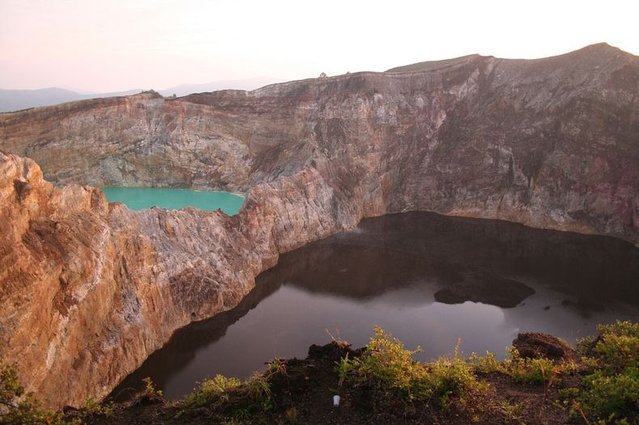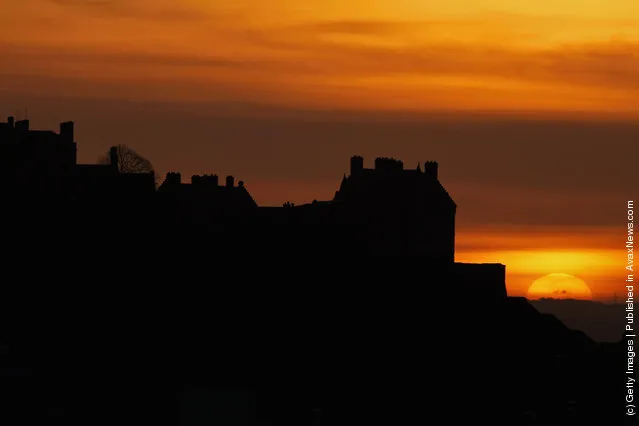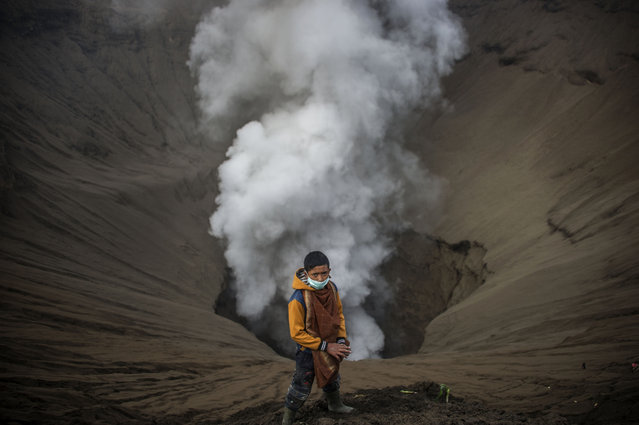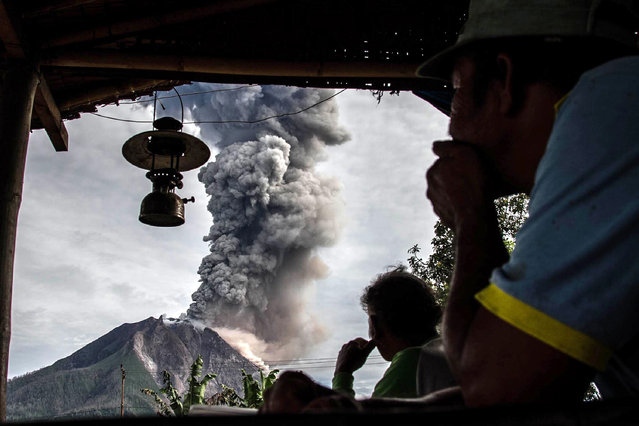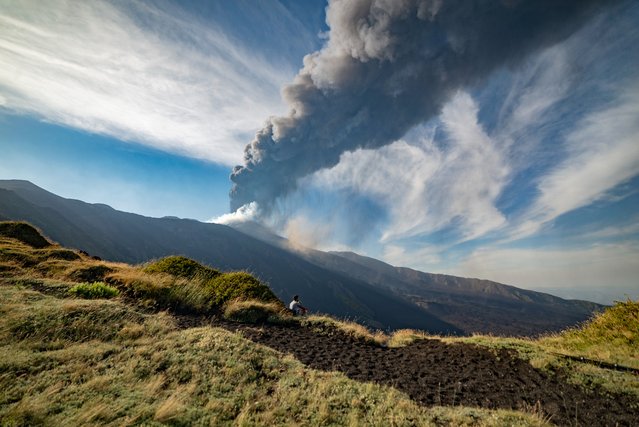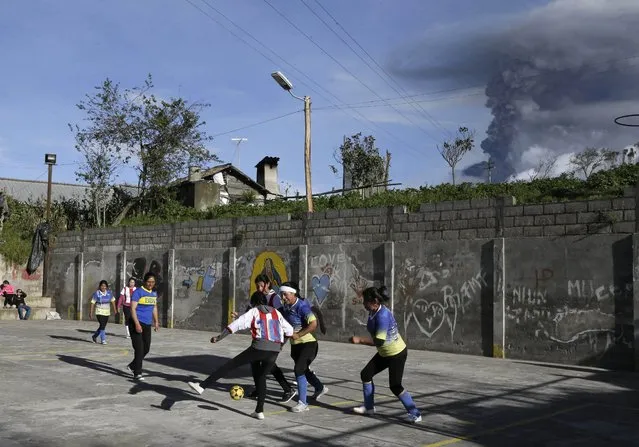
Women play soccer as the Tungurahua volcano spews a column of ash during an eruption in Huambalo, Ecuador, Saturday, March 5, 2016. Tungurahua is 16,480 feet (5,023 meters) high and has been active since 1999. (Photo by Dolores Ochoa/AP Photo)
07 Mar 2016 11:28:00,post received
0 comments


